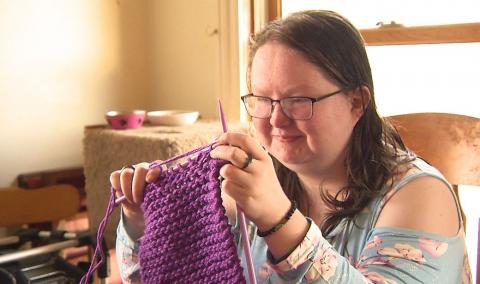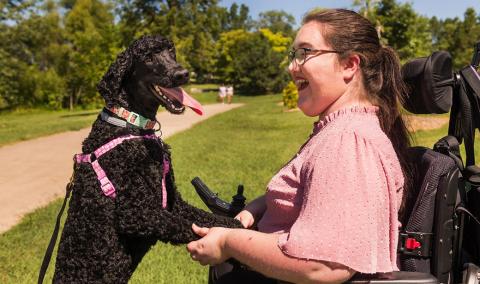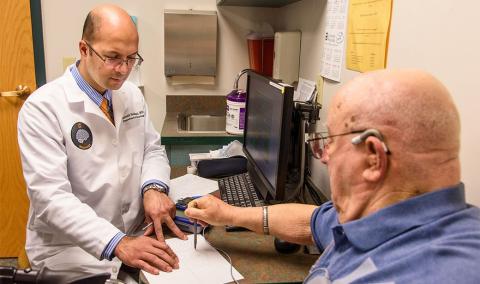Electrodiagnostic testing measures electrical activity produced by muscles and nerves in your body, and it is used to determine if you have an injury related to nerve or muscle function.
There are two primary types of electrodiagnostic tests: electromyography and nerve conduction studies. Both are performed by a physical medicine and rehabilitation doctor or a neurologist.
These tests could be used to diagnose orthopaedic conditions such as carpal tunnel syndrome, cubital tunnel syndrome, foot drop, wrist drop, pinched nerve in the neck or back (radiculopathy), and sciatica. They also can be used to diagnose neuromuscular disorders including muscular dystrophy, ALS (Lou Gehrig's disease), myasthenia gravis and neuropathy.
Based on the results of your test, the specialists at MU Health Care can provide a personalized treatment plan to help you recover.
Prior to your test
Before your procedure, your doctor will explain the electrodiagnostic test so you know what to expect. This is a good time to talk with your doctor about any questions you might have. Please tell your doctor if you are on blood thinners or if you have any implantable devices such as a pacemaker (this is not a reason not to have the test; they just need to be aware of this).
Electromyography
What is an electromyography (EMG)?
An electromyography is used to evaluate muscle function. An EMG uses a needle electrode inserted into the muscle to record electrical activity.
What to expect on the day of your EMG
On the day of your EMG, avoid using any lotions or oils on your skin. Dress in layers that can easily be removed to allow access for testing. When you arrive at the clinic, our staff will show you to the testing room. We’ll ask you to remove any remaining jewelry or metal objects that interfere with the procedure or results.
Your doctor will ask you to either lay down or sit, depending on which muscles are being tested. He or she will insert a small sterile needle into your muscle and position an electrode nearby on your skin, which will measure the electrical signal and send a recording of your movements to a monitor to help your doctor diagnosis any conditions.
You might feel some slight discomfort as the needle is inserted, and multiple insertions may be necessary. If the procedure becomes painful, tell your doctor. The doctor will examine the muscle when it is relaxed and when it is contracted. This will be repeated for each muscle being tested and can take anywhere from 10 to 90 minutes to complete the full EMG procedure.
Nerve Conduction Study
What is a nerve conduction study?
A nerve conduction study (NCS) measures how strong and quick an electrical impulse moves through your nerve, and helps your doctor identify any nerve damage. A slower, weaker electrical signal might mean you have nerve damage.
What to expect on the day of your nerve conduction study
During the nerve conduction study, the doctor will place electrode stickers on the outside of your skin to record electrical activity. This is repeated for each nerve that is tested. You might experience some discomfort for a few seconds as your nerve is stimulated. Depending on how many nerves are being tested, this procedure usually lasts between 15 minutes and an hour long.
After your testing
Your referring doctor will receive your electrodiagnostic test results and talk with you about any necessary follow up care and when you should expect your results. You can resume any normal activities immediately following your procedure.
If an electromyography (EMG) was completed, the muscle and area on your skin where the needle was used might be sore or tender for up to 24 hours.



























